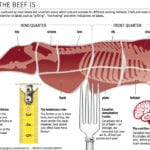Trying to make kabobs out of stewing meat is going to be a wasted effort. “As a society, North America-wide, there is a loss of cooking ability generally across the board,” said Marty Carpenter, chair of the Canadian Beef Grading Agency and formerly with Canada Beef Inc. Carpenter is also a chef and he knows […] Read more
 Livestock Management
Livestock Management

Try a little tenderness
The tender middle cuts are found on 28 percent of a beef carcass. That leaves the shoulder, hip, belly and brisket and many cooks are unsure how to handle them successfully. With some creative cutting and cooking methods, these less tender cuts may still yield an easy to cook, tasty meal at a lower price […] Read more
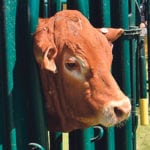
Program aims to verify and educate producers, consumers
It’s not enough these days to raise quality cattle from which comes quality beef. Those involved must also ensure consumers and the public know the animals and the resulting product were raised in acceptable ways. The Verified Beef Production Plus program supports both those goals, said Virgil Lowe, the program’s business manager. “VBP Plus really […] Read more

New standardized beef grading system could help exports
Canada plans to realign its beef grading system with more yield classes. For the last seven years the Canadian beef industry has considered moving from three to five yield classes to align with the United States system, said Marty Carpenter, president of the Canadian Beef Grading Agency. “It would make it easier for our customers, […] Read more
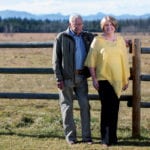
U of Calgary vet school receives record donation
The donation of a 19,000-acre ranch to the University of Calgary faculty of veterinary medicine is the largest gift of its kind to any Canadian university. W.A. Ranches near Cochrane, Alta. is worth an estimated $44 million and was donated by Calgary entrepreneurs Jack Anderson and his daughter Wynne Chisholm. It will become a beef […] Read more
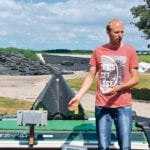
Pasture reader monitors grass growth
The technology is able to measure the height of grass while it is being cut and also determine expected yields
A Dutch dairy farmer whose cows recently learned to graze again after 10 years of living indoors is using a novel method to measure grass yields to ensure he uses fertilizer only where required. Piet Jan Thibaudier discovered the pasture reader technology in Australia and adapted it to fit onto a mower that sits on […] Read more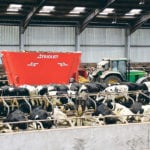
U.K. farm fixes nitrogen with plasma reactor
The company that developed the process says it could save farmers up to 20 percent of their artificial fertilizer costs and reduce ammonia
A large dairy farm in Northern Ireland is testing a new system that can reduce ammonia emissions while also producing its own liquid nitrogen fertilizer. This new concept, developed by Norwegian company N2 Agri, involves passing manure or digestate through a plasma reactor to produce liquid nitrogen fertilizer. This process, says the company, could save […] Read more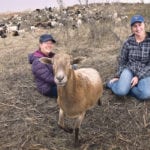
Sheep eat their way along swale
It’s been six weeks of work for a flock of 300 sheep that are munching their way through the shrubs and non-native grasses that have overtaken natural species in the Northeast Swale conservation area of Saskatoon. The ruminants are part of an effort to enhance the native prairie of this nature preserve and improve the […] Read more
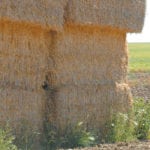
Specialists offer feed alternatives for this year’s low-hay winter
Beef and forage specialists say cattle producers will likely have to turn to alternative feed this winter due to potential hay shortages. For many parts of the Prairies, particularly in the southern regions, producers have been dealing with parched pastures and lower hay yields. Because of this, many may have to feed hay earlier than […] Read more
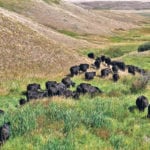
Genetics vs. environment: finding balance
DNA results may indicate that cattle have the potential to be productive, but the environment affects the final outcome
LONDON, Ont. — Applying new genomic technology to improve beef cattle is a noble goal, but other factors like environment must be part of the equation. “It is tough to work this out genetically because environment has such a large part in terms of the beef industry,” said P.J. Budler of Global Livestock Solutions and […] Read more
 Livestock Management
Livestock Management